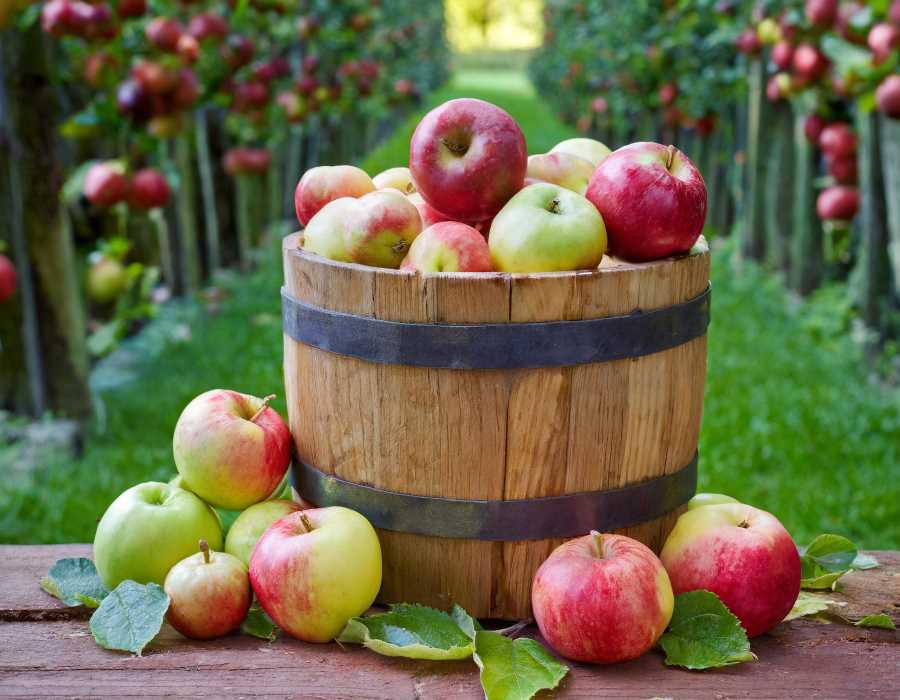Cider: America's Forgotten Drink (And Its Bold Return)
Cider has a story – centuries of revelry, a brush with extinction, and a rebellious comeback. Discover forgotten flavors, oddball apples, and a drink with more personality than your average lager.

Once upon a time, not so long ago, an apple had only two fates: a sweet, crisp autumnal snack, or a slow, mushy death on the ground. Oh, the indignities a fallen apple faced! But then there was cider. It was America's drink, born in the New World yet with roots winding back through centuries in the orchards of olde England. Cider wasn't just a beverage; it was sustenance, currency, and a cause for knee-slapping revelry. Then, it nearly disappeared.
You might think cider was like an old pair of bellbottoms – trendy for a while, then destined for the back of the cultural closet. But cider's comeback story is as unexpected as its centuries-long reign.




